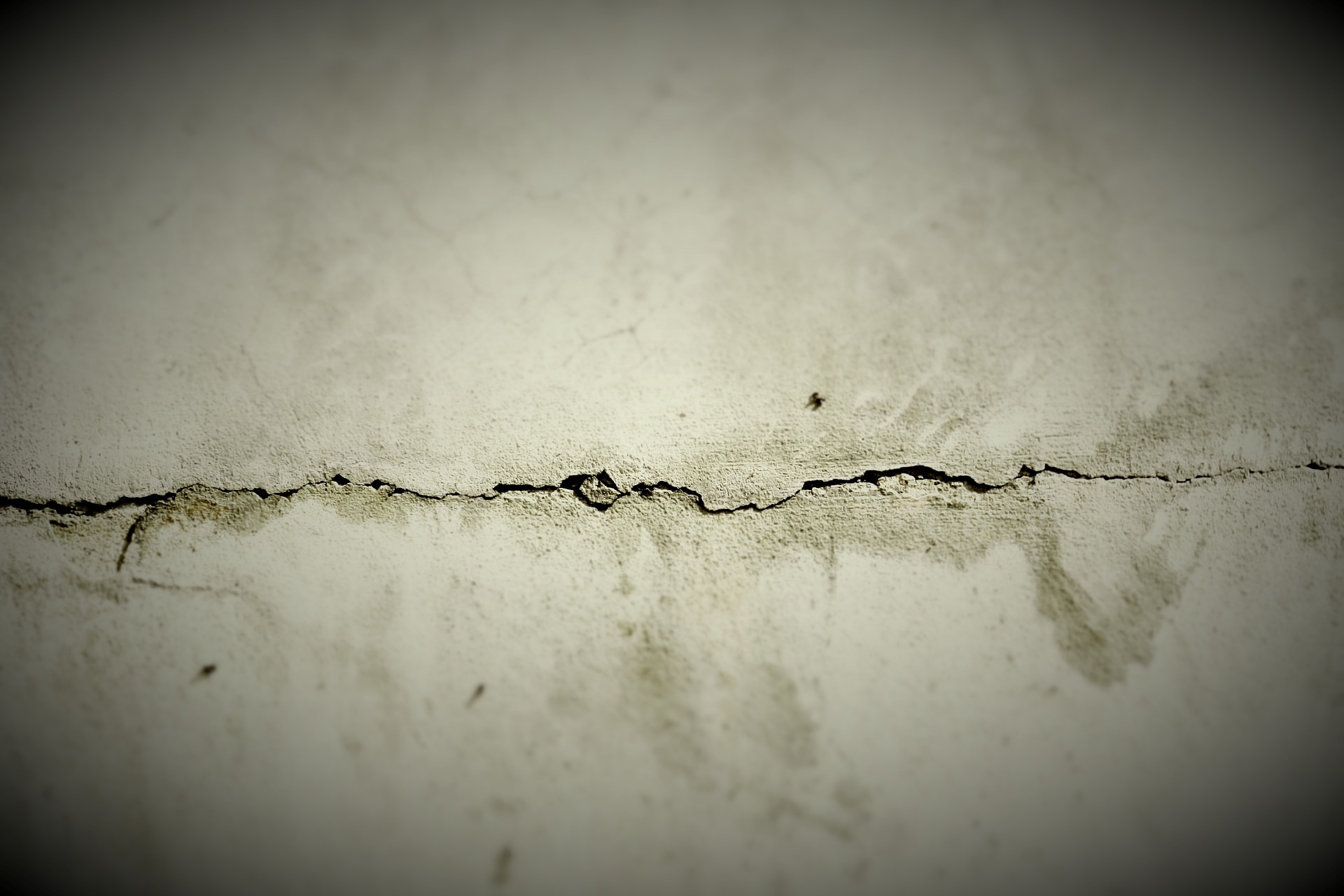Professional Solutions for Extensive Interior Surface Damage
Damaged walls can transform a comfortable home into an eyesore, affecting both aesthetics and structural integrity. From hairline cracks and holes to water damage and crumbling plaster, interior surface damage requires prompt attention and proper repair techniques. Understanding the nature of wall damage, selecting appropriate materials, and knowing when to call in professionals can save homeowners time, money, and frustration while ensuring lasting results.

Interior walls endure considerable wear throughout their lifespan, from accidental impacts to environmental stresses that gradually compromise their condition. Addressing surface damage promptly prevents minor issues from escalating into costly structural problems. Whether dealing with small imperfections or extensive deterioration, understanding repair fundamentals empowers homeowners to make informed decisions about restoration projects.
What types of damage typically affect interior walls?
Interior walls face numerous threats that manifest as visible damage requiring repair. Impact damage from furniture, doorknobs, or accidents creates holes and dents in plasterboard and plaster surfaces. Settling foundations cause cracks that run vertically, horizontally, or diagonally across walls, indicating structural movement. Water infiltration from leaks or condensation leads to staining, bubbling paint, and crumbling plaster that weakens wall integrity.
Hairline cracks often result from temperature fluctuations and normal building movement, while wider gaps suggest more serious underlying issues. Nail pops occur when fasteners work loose, creating small bumps beneath paint surfaces. Surface deterioration from age causes flaking, peeling, and texture breakdown that requires comprehensive restoration. Identifying damage types accurately determines which repair approach delivers optimal results.
How can you determine the extent of surface deterioration?
Accurate damage assessment guides repair planning and material selection. Visual inspection reveals obvious problems like holes, cracks, and discolouration, but subtle issues require closer examination. Tapping walls with knuckles identifies hollow spots where plaster has separated from backing materials, producing a distinct sound compared to solid areas.
Moisture meters detect hidden water damage invisible to the naked eye, preventing repairs over damp substrates that compromise adhesion. Probing suspicious areas gently with a screwdriver reveals soft, crumbling material indicating rot or extensive deterioration. Examining crack patterns helps distinguish cosmetic surface cracks from structural concerns requiring professional evaluation.
Documenting damage with photographs and measurements creates reference points for tracking progression and planning repairs. Checking multiple rooms identifies widespread issues suggesting systemic problems rather than isolated incidents. Thorough assessment prevents inadequate repairs that fail prematurely, ensuring restoration efforts address root causes rather than merely concealing symptoms.
What products work best for different restoration projects?
Material selection significantly impacts repair durability and finish quality. Ready-mixed joint compound suits small holes and minor surface imperfections, offering convenience for quick fixes. Powdered setting-type compounds provide superior strength for larger repairs, hardening through chemical reaction rather than drying, which reduces shrinkage and cracking.
Plaster-based fillers match traditional plaster walls better than modern compounds, ensuring compatibility and proper adhesion. Flexible acrylic fillers accommodate movement in crack-prone areas, preventing repair failure from ongoing structural shifts. Mesh tape reinforces joints and cracks, distributing stress across wider areas than paper tape alone.
Primer-sealers prepare repaired surfaces for painting, ensuring uniform absorption and colour consistency. Textured compounds recreate original wall finishes, blending repairs seamlessly with surrounding surfaces. Moisture-resistant materials suit bathrooms and kitchens where humidity challenges standard products. Quality materials cost more initially but deliver longer-lasting results that justify the investment.
Which methods produce durable and professional-looking repairs?
Proper technique transforms quality materials into lasting repairs. Surface preparation involves removing loose material, cleaning dust and debris, and ensuring dry, sound substrates for optimal adhesion. Applying compound in thin layers prevents sagging and cracking, with each coat fully dried before adding subsequent layers.
Feathering edges beyond repair areas creates gradual transitions that disappear under paint, avoiding visible ridges that telegraph through finishes. Sanding between coats smooths surfaces progressively, building up level planes that match surrounding wall texture. Using appropriate tools—taping knives for broad areas, putty knives for tight spots—improves control and finish quality.
Reinforcing cracks with mesh tape before filling prevents recurrence from continued movement. Priming repaired areas before painting ensures uniform sheen and colour matching. Recreating wall texture with brushes, rollers, or spray equipment blends repairs invisibly into existing surfaces. Patient, methodical work produces professional results that withstand scrutiny and time.
When should homeowners contact professional restoration specialists?
Certain situations exceed typical DIY capabilities, requiring professional expertise and equipment. Extensive damage covering large wall areas demands specialized tools and experience for efficient, quality restoration. Structural cracks wider than 5mm suggest foundation issues requiring engineer assessment before cosmetic repairs proceed.
Water damage often conceals mould growth and structural deterioration invisible until walls are opened, necessitating professional remediation. Historical properties with lime plaster or ornamental features require conservation-grade materials and techniques beyond standard repair methods. Ceiling damage poses safety risks and access challenges better handled by insured professionals with proper scaffolding.
Repeated repair failures indicate underlying problems DIY approaches cannot resolve, wasting time and materials on temporary fixes. Professional plasterers complete projects faster with superior finishes, often justifying their cost through time savings and quality results. When uncertainty exists about damage severity or proper repair methods, consultation with qualified tradespeople prevents costly mistakes and ensures structural soundness.
Conclusion
Successful interior surface restoration combines accurate damage assessment, appropriate material selection, and proper application techniques. While minor repairs suit capable DIY enthusiasts, extensive damage and structural concerns warrant professional intervention. Understanding repair fundamentals helps homeowners maintain their properties effectively, preserving both appearance and value through timely, appropriate restoration efforts that address problems comprehensively rather than superficially.






